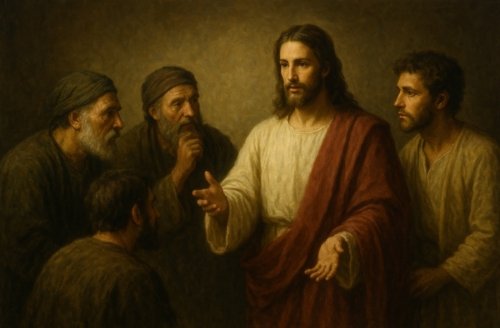

It had a great, high wall, with twelve gates, and at the gates twelve angels, and on the gates the names of the twelve tribes of the sons of Israel were inscribed— on the east three gates, on the north three gates, on the south three gates, and on the west three gates. And the wall of the city had twelve foundations, and on them were the twelve names of the twelve apostles of the Lamb.
Revelation 21:1-22:5 is a description of New Jerusalem. It is described as a city of immense proportions, roughly two-thirds the size of the United States. And the city was made of gold and jewels.
Around the city was a wall with twelve gates, three on each of the four sides. And on the gates were the names of the twelve tribes of Israel. This is the same as the city described in Ezekiel 48:30-35.
The wall also had twelve foundations, each made of gemstones. And the names of the twelve apostles are on these twelve foundations. The apostles, along with the prophets, are also mentioned as forming the foundation on which the household of God, both Jews and Gentiles, is built, a holy temple (Eph. 2:19-22).
Revelation is filled with imagery that we often struggle to understand. However, in the description of New Jerusalem, we are given a significant clue. The city is twice identified as the bride of the Lamb (Rev. 21:2, 9). The description of the city and life in the city is a description of God’s people, dwelling with God (Rev. 21:3-4).
Who are the people who make up this city? They include the multitude of those before Christ who walked by faith, “looking forward to the city that has foundations, whose designer and builder is God” (Heb. 11:10). These are represented by the twelve gates with the names of the twelve tribes. And they include the many who have walked by faith in the crucified and resurrected Jesus. These are represented by the twelve foundations named for the apostles.
Related Posts
The post The Gates and Foundations of the New Jerusalem – Revelation 21:12-14 appeared first on A Clay Jar.


